The combination of nylon in the warp and weft is known as a nylon belt, and it is frequently used in multi-ply conveyor belts for the transportation of lumpy or bulky items. Nylon’s primary drawback is that it must absorb up to 10% of its weight in water, making it unsuitable for usage in wet situations because the belt’s dimensions will change. It does have certain advantageous qualities, though, like brilliant fatigue, impact and mildew resistance, good abrasion resistance, and strength. Read More…
For more than 60 years, we have been offering innovative conveyor belting to customers worldwide. Our full line of products include perforated belts, vacuum belts, nylon core belts, and plastic modular belting. We have grown our reputation based on providing outstanding customer service as well as conveyor belt materials that will provide long-lasting value. For more information on how we may be...

At Shipp Belting, we specialize in manufacturing and distributing high-quality conveyor belts designed to meet the diverse needs of industrial operations. With decades of experience behind us, we’ve built our reputation on reliability, technical expertise, and a deep understanding of how material handling impacts overall efficiency.

Fenner Dunlop Americas has built a reputation in belt manufacturing, and our goal is to find the perfect solution for you. Our staff is dedicated to your needs and we are capable of assisting you in finding the belt your application requires. To learn more about the details of our industrial belts then simply visit our website or give one of our representatives a call.

We have a wide range of products that allow us to find the right solutions for all our customer’s material handling needs. We provide conveyor belts made out of variety of materials. Our research and development department works hard to ensure that we are bringing our customers products that are on the leading edge of innovations at all times. For more information on how we may be able to...

More Nylon Belt Manufacturers
In material handling systems, conveyor belts move products or processed materials that can be light or heavy, abrasive, heated or frozen, very lumpy, or complex powder or granular products of different shapes and sizes.

Parts of a Nylon Belt
The majority of conveyor belts are made up of two parts:
- The Carcass, or Canvas
Both the warp and weft of nylon canvas are made of nylon strands. There are two types of nylon canvas: "nylon 6" and "nylon 66." The physical characteristics of nylon 66 are identical to those of nylon 6; however, it is more heat resistant and has a higher melting point. As a result, high-performance, high-quality, heat-resistant conveyor belts are made of nylon 66 canvas. Contrarily, nylon 6 is inexpensive and aids in lowering the cost of conveyor belt production. In addition, the plied woven nylon fabric used to create the nylon canvas gives it enough strength to withstand the operating tensions and support the weight.

- Covers
In conveyor belt structures, rubber covers are used to protect the base conveyor belt carcass and, if possible, to lengthen its useful life. Additionally, covers do give the finished belt several desirable qualities, such as the following:
- textures
- to make the belt more inclined
- to regulate a product's cleanability
- resisting cuts
- improved resilience to the impact
- resistance to wear
- resistance to fire
- resistance to the usage of chemicals and oil
The rubber cover's type, quality, and thickness are chosen based on the belt's expected service life. The material carried by the belt and the environment it will function in dictate the precise cover formulation employed in each belt construction. Modern belt constructions are significantly less vulnerable to moisture and chemical assault and do not require edge protection due to their high adhesion levels and synthetic carcasses. The slit-edge belt distribution programs currently employed in the belting industry are made possible by them.
Manufacturing Process of Nylon Belts
Receiving & Twisting Yarn
Receiving and twisting the yarn together is one of the initial steps in the production process. First, single yarn strands are twisted together, making a thread. The thread is then twisted into a spindle, where it is stored.
Weaving
The next step is feeding the frayed yarn threads through the loom, which gathers them together and forms the fabric belt's shape and body.
Numerous weaving techniques result in layers of material that have weight. Which approach will be used depends on the working circumstances. The three common weaving styles for conveyor belts—plain, twill, and basket weaving—are listed below.
Plain Weaving
Plain weaving is the most popular method for creating a load-bearing textile layer for conveyors with flat belts. Warp and weft yarns are entangled in plain weaving, one below the other. However, the excessive degree of wrinkling in this weaving renders the mechanical characteristics worse than in other types. As a result, lesser-load conveyor belts use it.

Twill Weaving
Twill and basket weaving are used to get higher mechanical qualities than plain weaving. In twill weaving, two or more weft yarns alternate with the warp threads in a recurring pattern. Twill weaving results in diagonal lines on the fabric layer's face. All the warp yarns are interwoven in the same manner to create these lines, with each warp yarn's interweaving points being moved by one peak of the weft about the warp yarn before it.

Basket Weaving
In this technique, the main difference between basket weaving and plain weaving is that two or more warp yarns alternate with two or more weft yarns. As a result, this style of weaving has less fiber crease than plain weaving, which improves the qualities of the textile layer.

Treating
In this stage, the fabric is treated with a specifically designed and unique adhesive. Next, heat is delivered through a computerized system to fuse the thread and rubber parts to form a rubber belt.
Calendaring
The rubber compounds are disintegrated in the following stage, known as calendaring, which is done to apply the fabric carcass.
Laminating
The laminating procedure involves building the conveyor belt. The fabric carcasses that have been calendared are then run through a laminating table. Pushing the calendared heaps together creates a conveyor belt.
Applications of Nylon Belts
- Belts for processing food and beverages are intended for food and beverage applications.
- Conveyor belts for forests: These are made for logging, sawmill, tree farming, and similar businesses.
- Belts for mining and quarrying are used to move materials like ore, stone, tailings, gravel, and aggregate.
- Belting for agriculture: This is used for silage transfer and belts for farm machinery.
- High-temperature belting: These are utilized with materials that can withstand high temperatures without harm. They can move materials at a high temperature.
- Production lines in factories employ belting for fabrication and manufacturing.
- These abrasion-resistant belts are suitable for cardboard and packing paper in packaging processes.
Advantages of Nylon Belts
- Excellent strength
- Thin body with impact resistance
- High flexing performance
- Excellent troughability
- A long service life
Disadvantages of Nylon Belts
- Their simple design entails few features.
- The belt might be tough to clean.
- Sticky material may become trapped on the belt and transfer to the roll, idler, and pulley on the opposite side.
Choosing the Correct Nylon Belts Supplier
To make sure you have the most beneficial outcome when purchasing Nylon Belts from a Nylon Belts Manufacturer, it is important to compare at least 4 Manufacturers using our list of Nylon Belts suppliers. Each Nylon Belts Company has a business profile page that highlights their areas of experience and capabilities and a contact form to directly communicate with the manufacturer for more information or request a quote. Review each Nylon Belts company website using our patented website previewer to get an idea of what each company specializes in, and then use our simple RFQ form to contact multiple Nylon Belts businesses with the same quote.






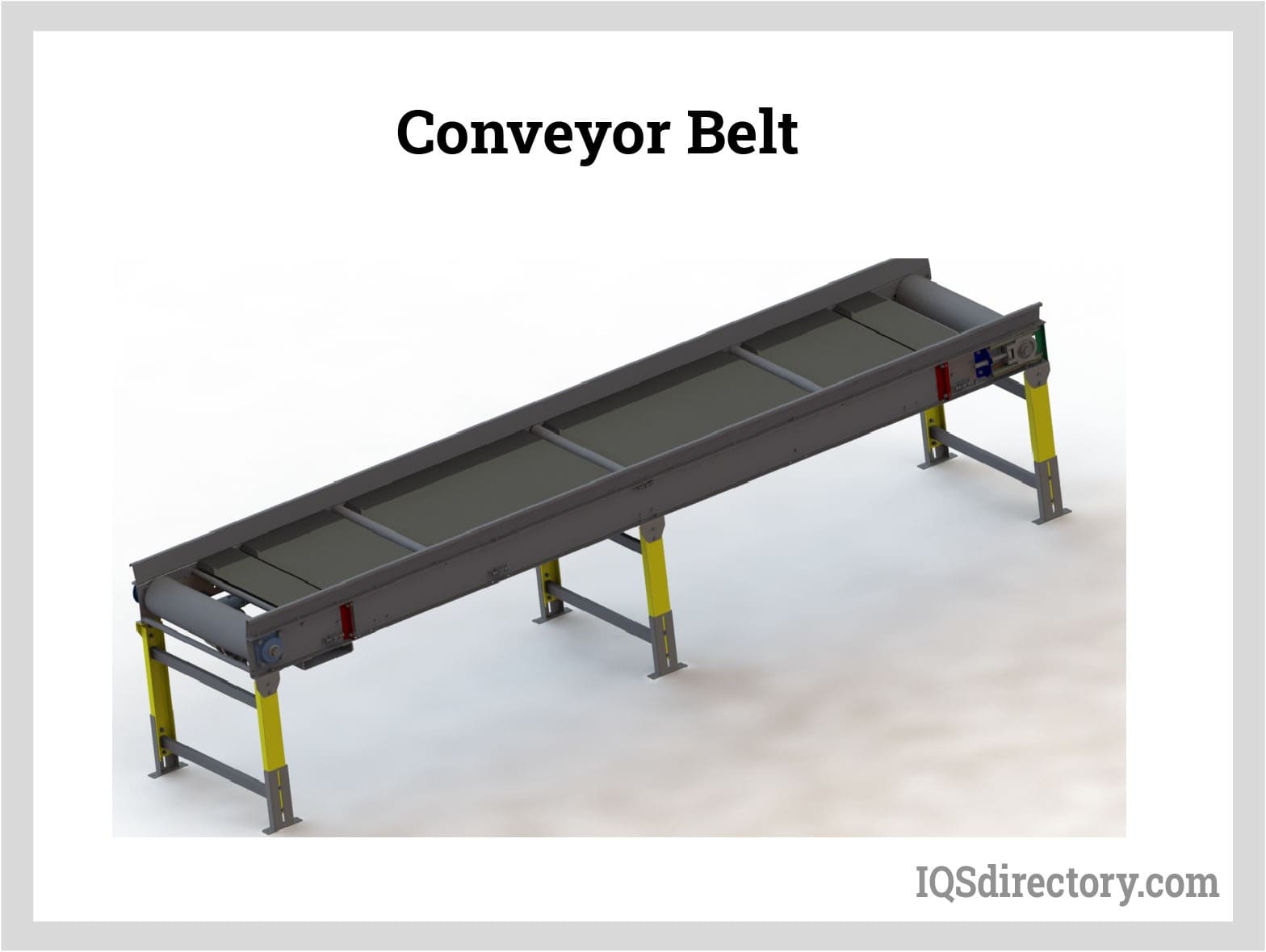
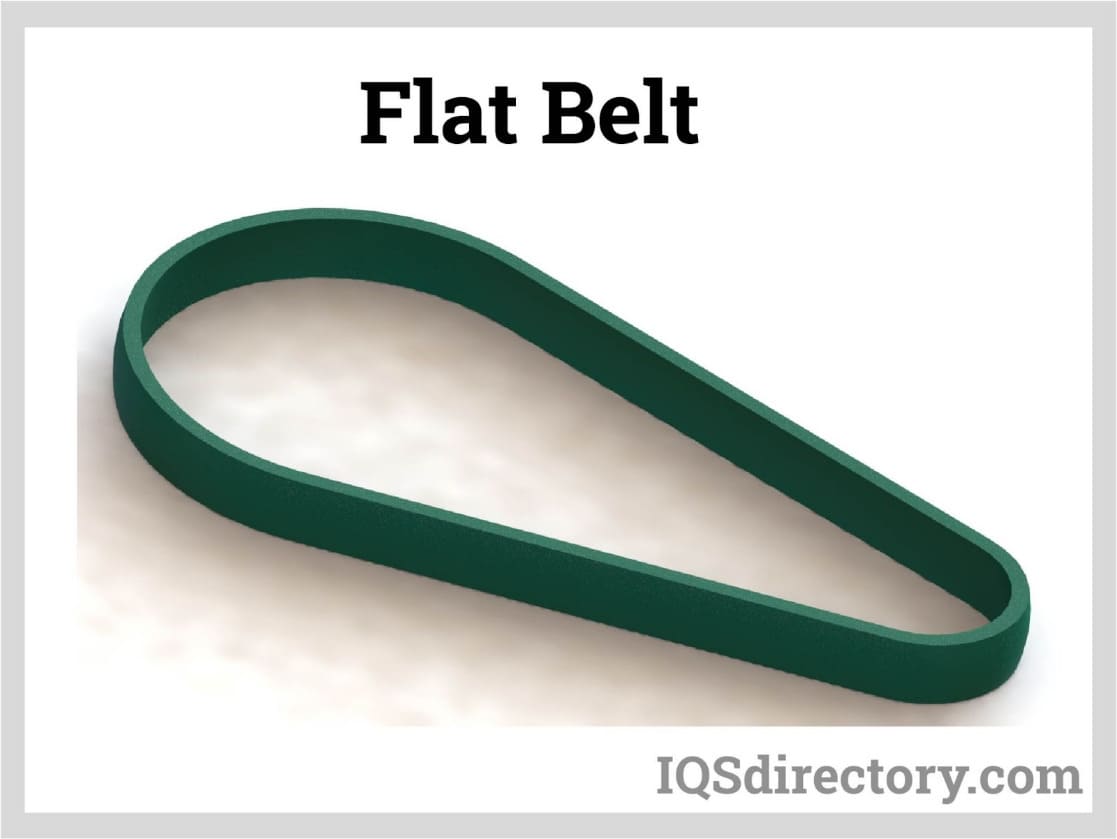
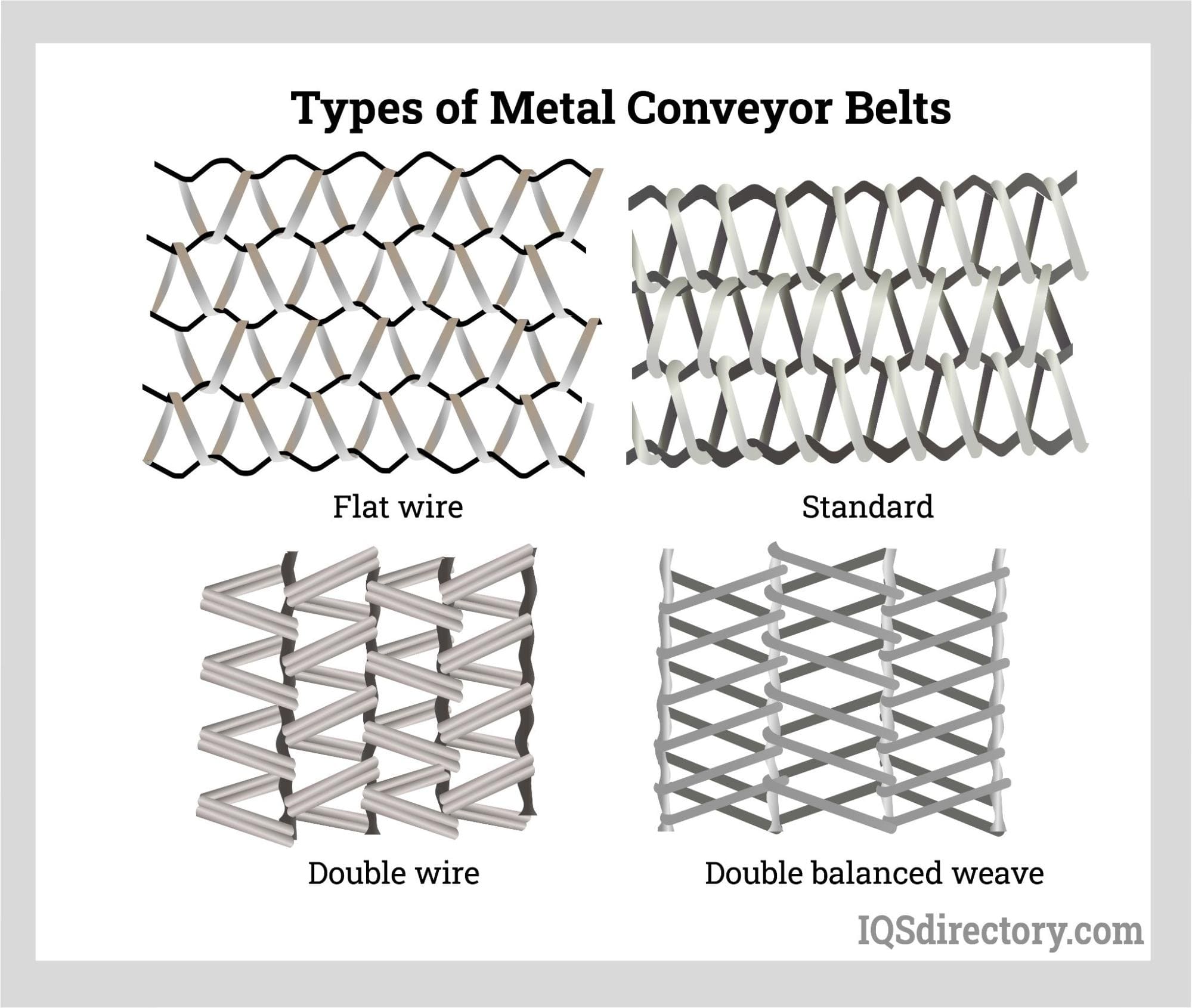
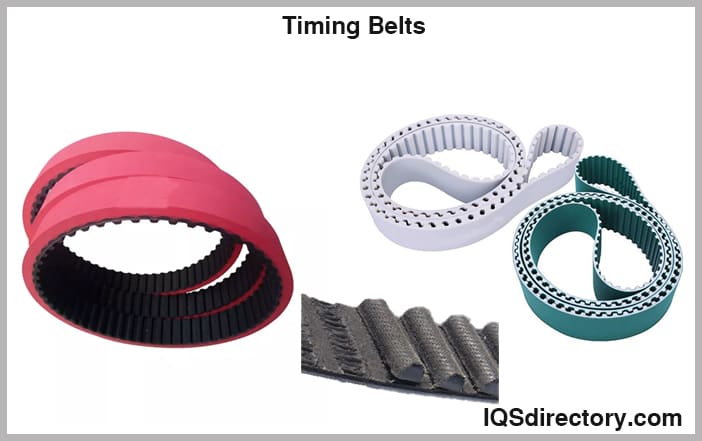
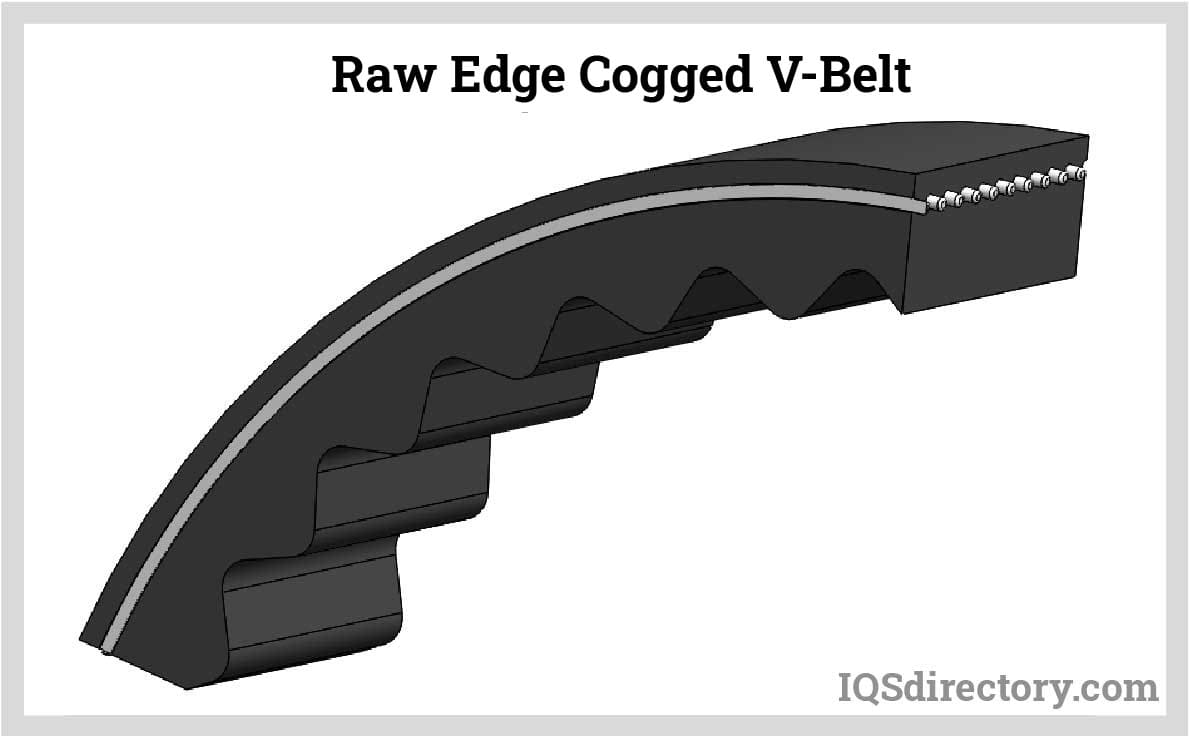
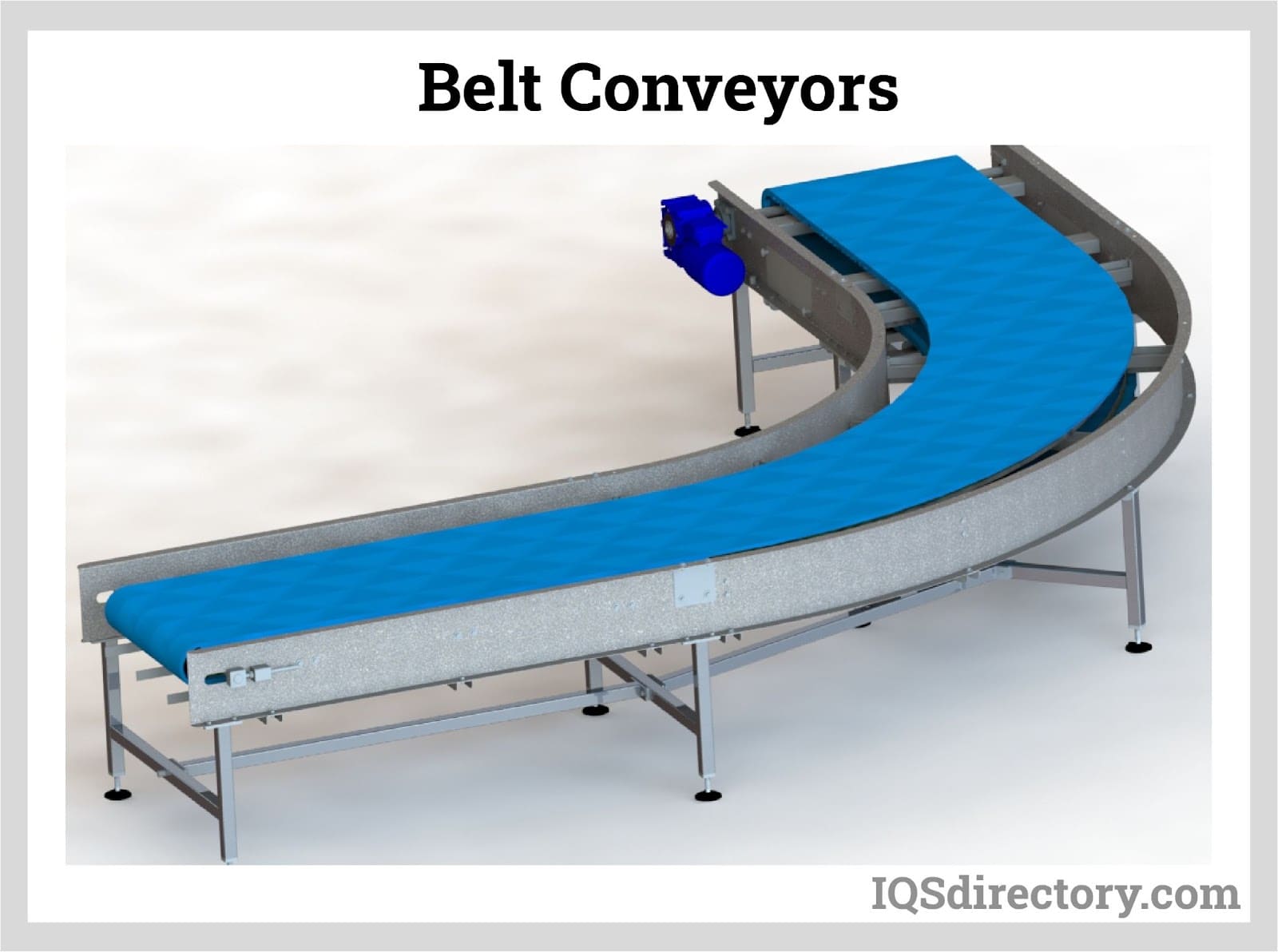

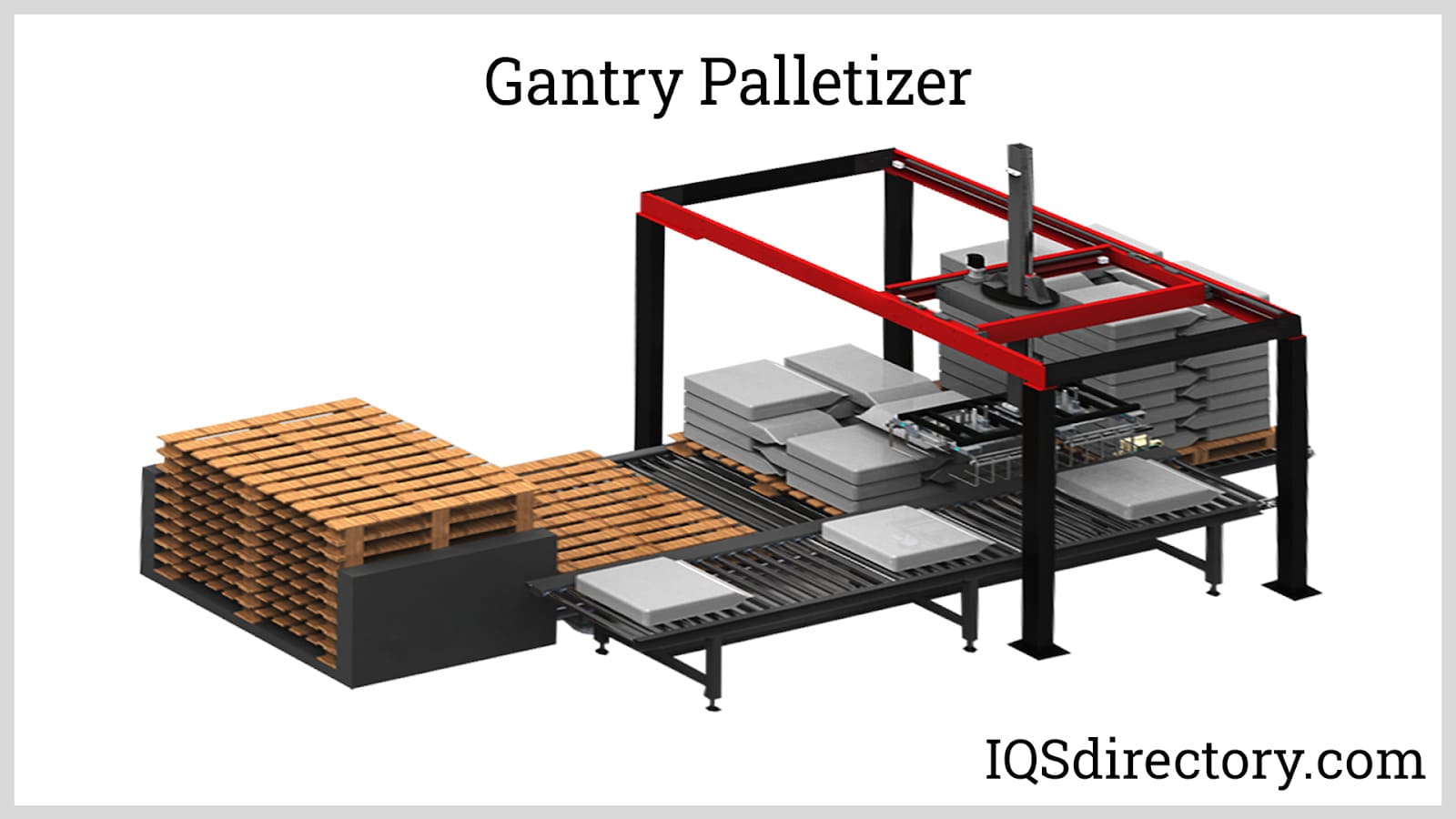
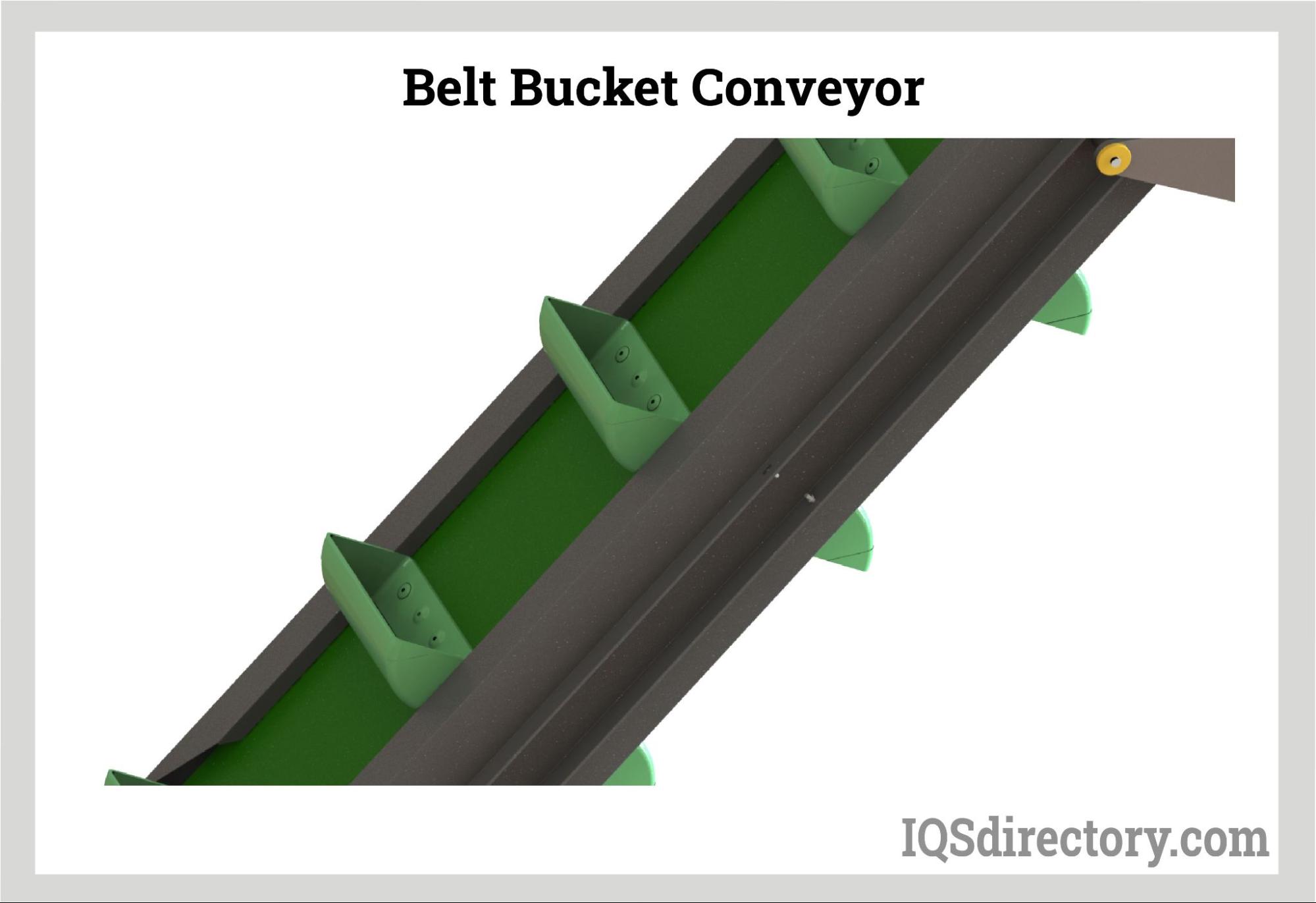
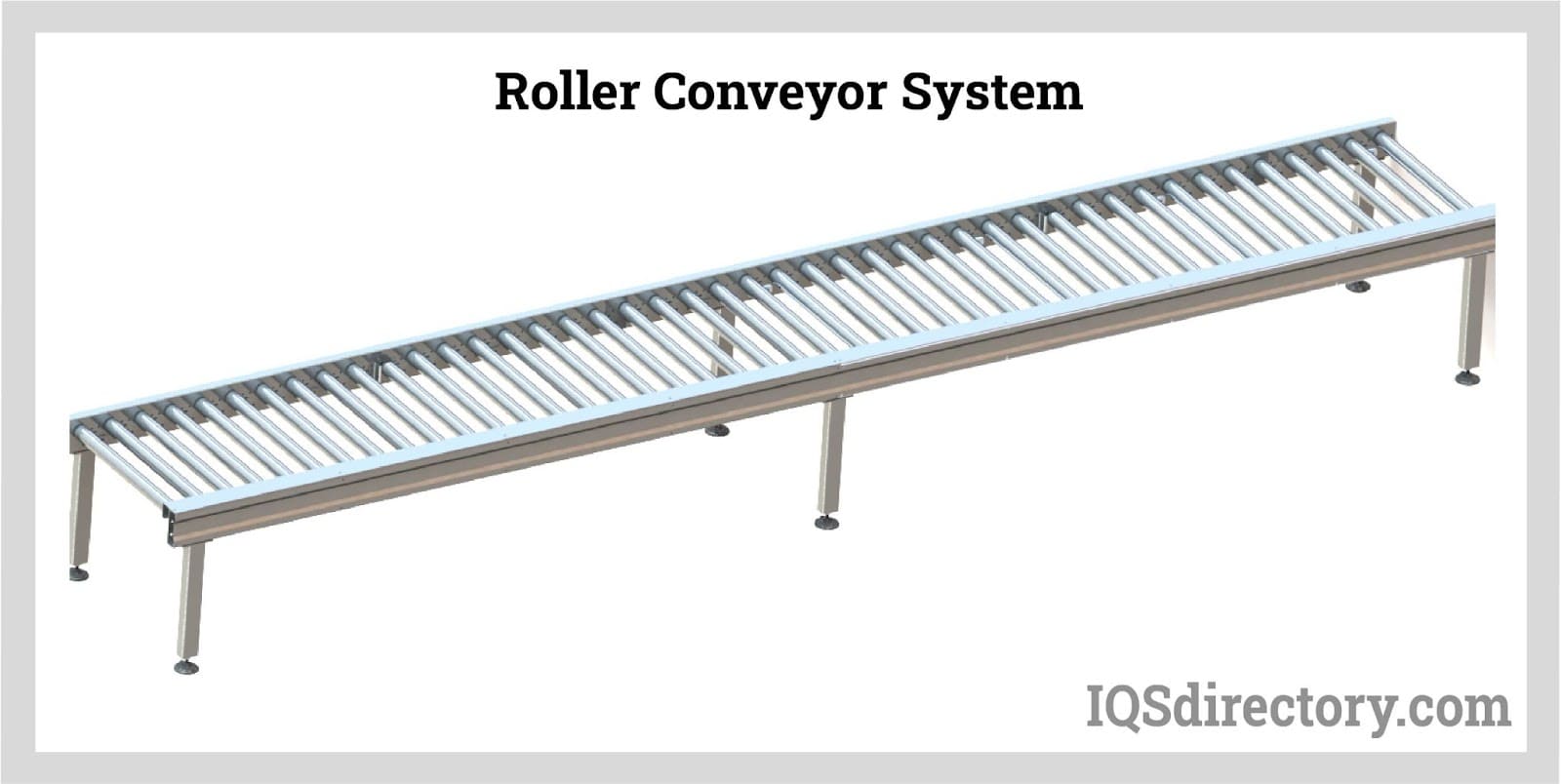

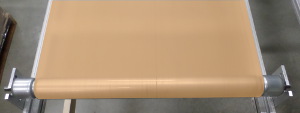 Conveyor Belting
Conveyor Belting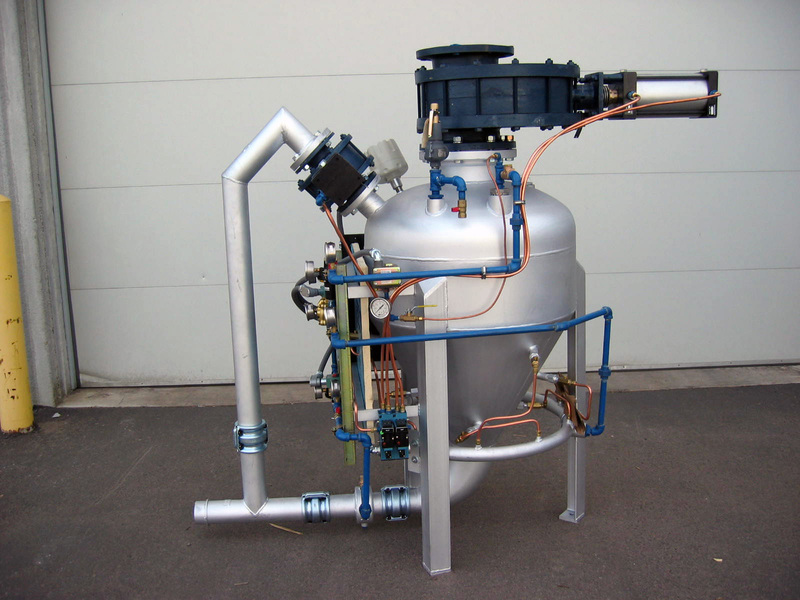 Conveyor Systems
Conveyor Systems Conveyors
Conveyors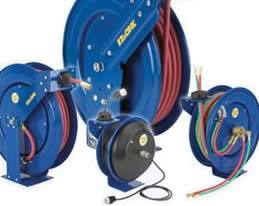 Hosereels
Hosereels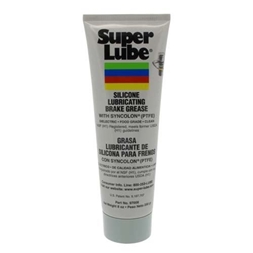 Industrial Lubricants
Industrial Lubricants Lubricators
Lubricators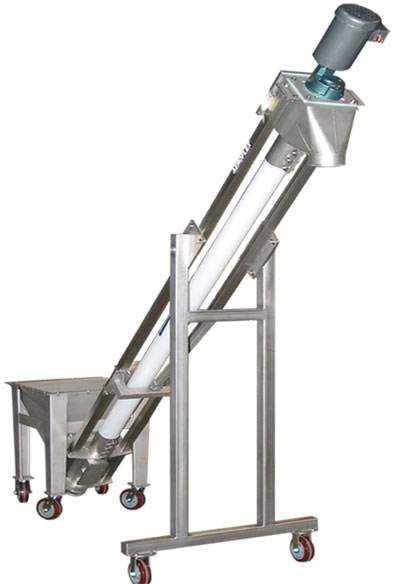 Screw Conveyors
Screw Conveyors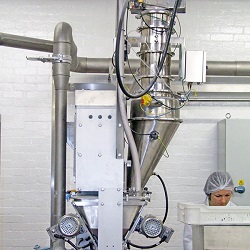 Pneumatic Conveyors
Pneumatic Conveyors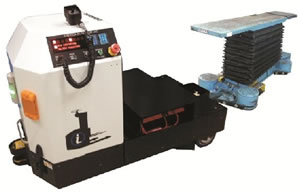 AGV
AGV Air Pollution Control
Air Pollution Control Assembly Machinery
Assembly Machinery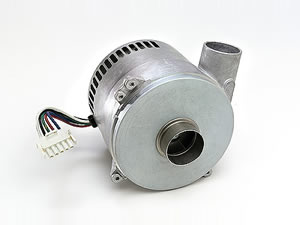 Blowers
Blowers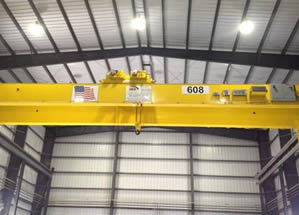 Cranes
Cranes Deburring Machinery
Deburring Machinery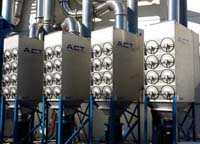 Dust Collectors
Dust Collectors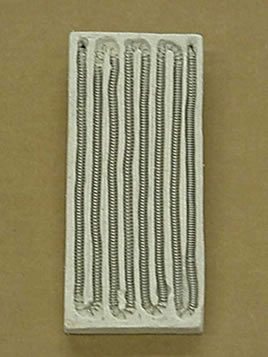 Heaters
Heaters Hose Reels
Hose Reels Mezzanines
Mezzanines Modular Buildings
Modular Buildings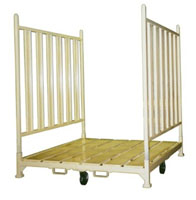 Storage Racks
Storage Racks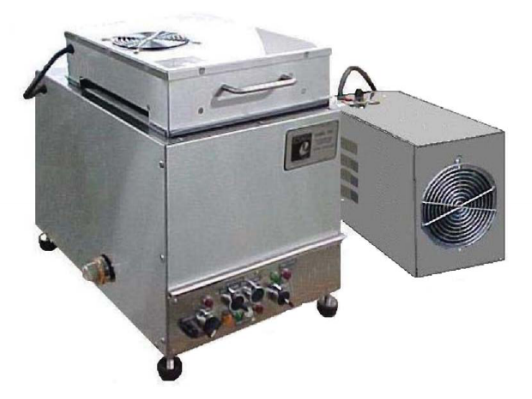 Ultrasonic Cleaners
Ultrasonic Cleaners Work Benches
Work Benches